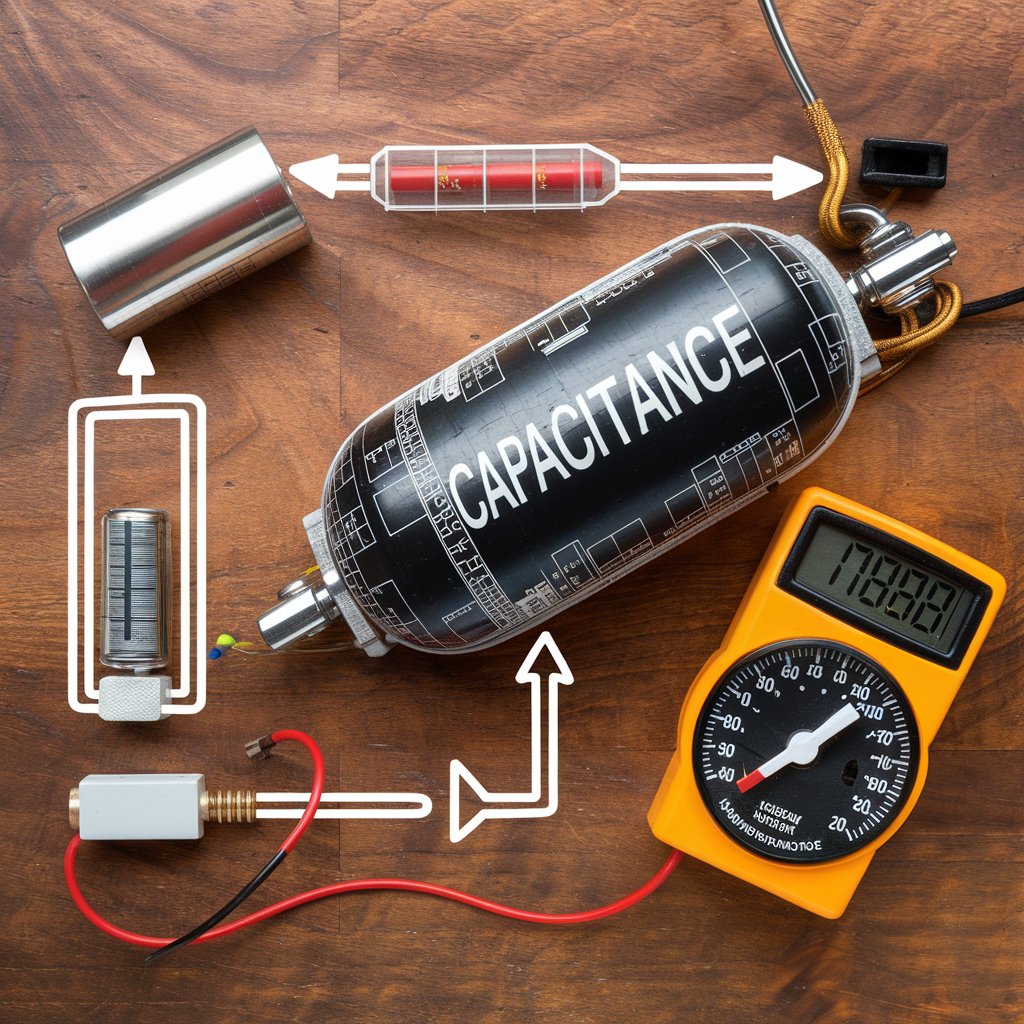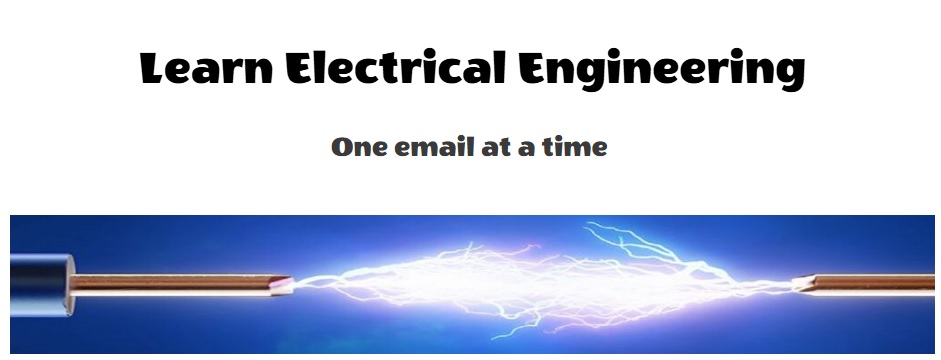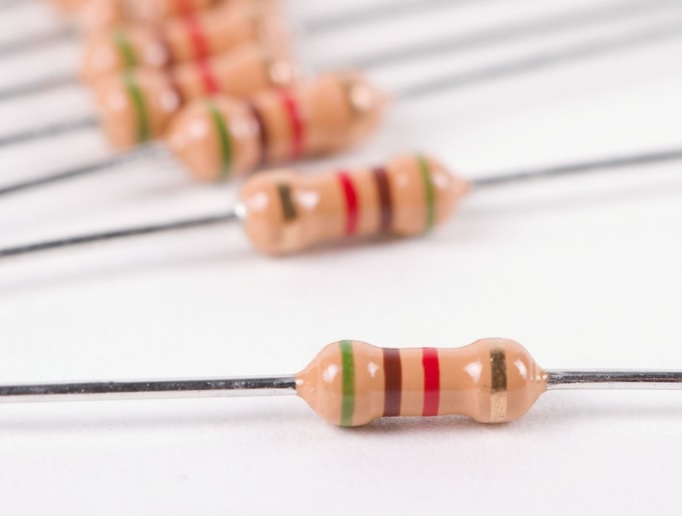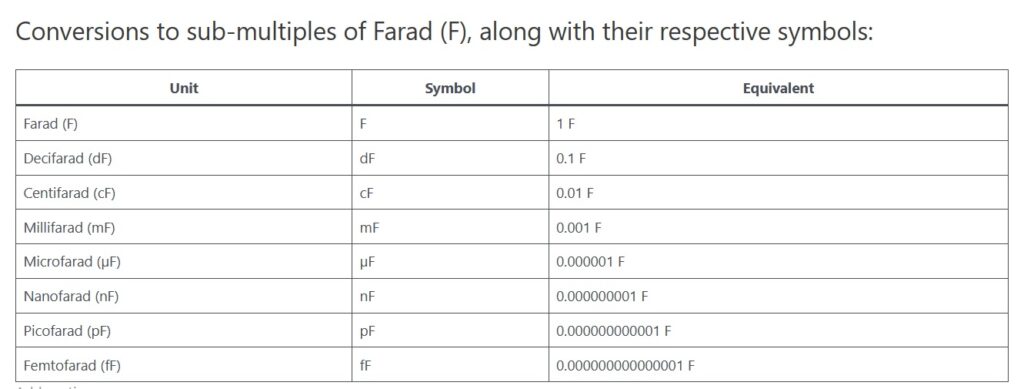Capacitance is a fundamental property of electrical circuits, describing the ability of a system to store and release electrical energy. It is a crucial concept in various electronic applications, ranging from simple electronic devices to complex communication systems.

What is Capacitance?
Capacitance is defined as the capacity of a system to store electric charge per unit voltage. When a voltage is applied across the terminals of a capacitor, an electric field is established, causing positive charge to accumulate on one plate and an equal amount of negative charge on the other. The relationship between the charge (Q), the voltage (V), and the capacitance (C) is given by:

Capacitance in Different Configurations
- Parallel Plate Capacitor:
A basic capacitor consists of two conductive plates separated by an insulating material called a dielectric. The capacitance of a parallel plate capacitor is given by:

- Cylindrical Capacitor:
For a capacitor with cylindrical geometry, the capacitance can be calculated using:

- Spherical Capacitor:
The capacitance of a spherical capacitor, consisting of two concentric spheres, is given by:


Join students and professionals
from across the world increasing their knowledge of Electrical Engineering.
One email at a time
We never send spam or give your information to anyone, Privacy Policy here.
Practical Examples of Capacitance

This property is utilized in devices like flash cameras, where a capacitor quickly releases stored energy to produce a bright flash.
Filtering:
In power supplies, capacitors smooth out fluctuations in voltage by acting as filters. They store energy when the voltage is high and release it when the voltage drops, maintaining a steady output.
Tuning Circuits:
Capacitors are essential in tuning circuits, such as radio receivers. By adjusting the capacitance, the circuit can be tuned to resonate at specific frequencies, allowing it to select desired radio stations.
Coupling and Decoupling:
Capacitors are used to block direct current (DC) while allowing alternating current (AC) to pass, known as coupling. They also stabilize voltage and power flow in circuits, known as decoupling, by filtering out noise and spikes.

Conclusion
Capacitance plays a crucial role in the functionality of modern electronic circuits, enabling energy storage, signal processing, and stabilization. Understanding the principles and applications of capacitance helps in designing efficient and effective electronic systems. By mastering the related formulas and concepts, engineers can optimize the performance and reliability of various electronic devices and systems.


